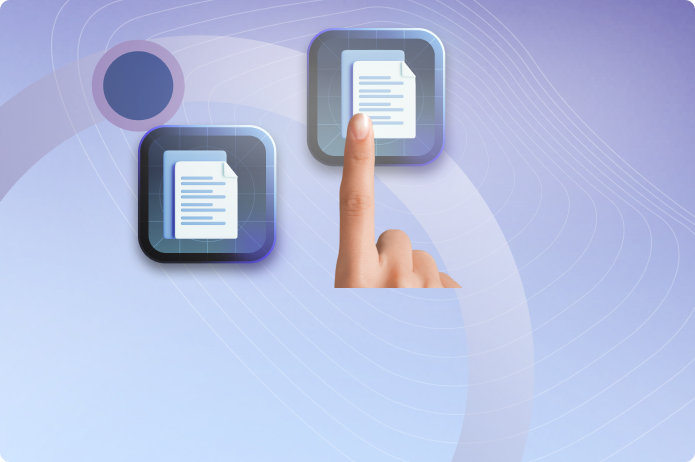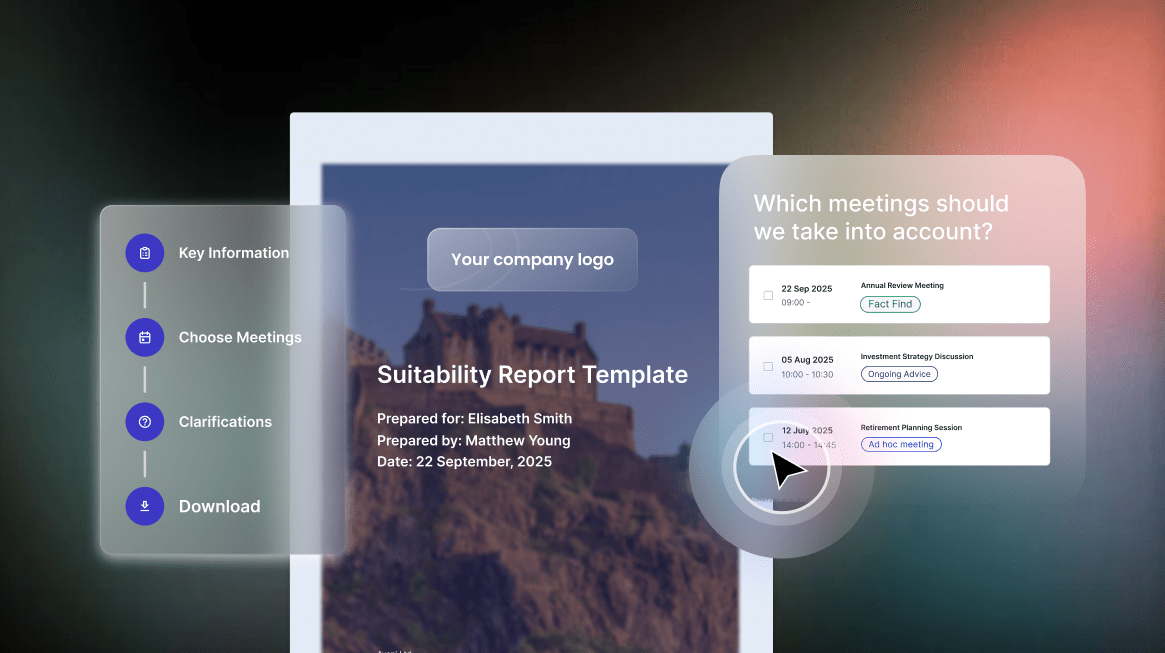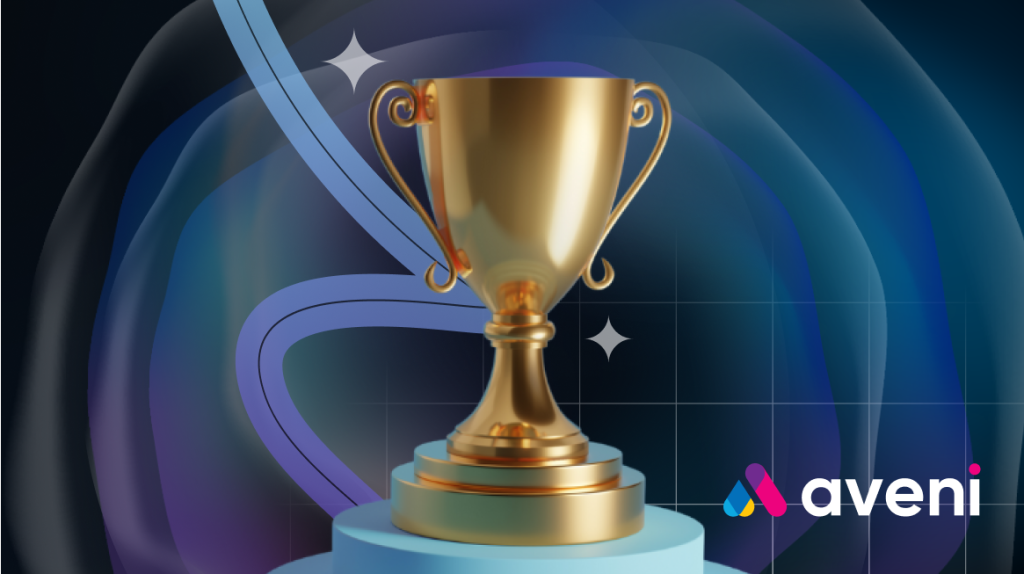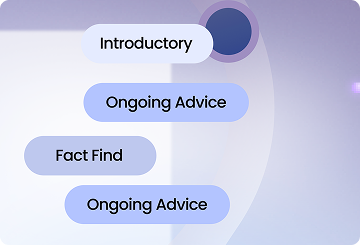Natural Language Processing (NLP) has become an integral part of modern technology, enabling AI-powered systems to understand, process, and generate human language. From virtual assistants like Siri and Alexa to real-time translation tools, NLP is transforming the way we interact with machines. But how did it all begin?
In this article, we will explore the origins of NLP, uncovering key milestones, surprising setbacks, and breakthroughs that have shaped the field. We will also address some frequently asked questions about NLP and its evolution.
The Origins: The Birth of NLP in the 1950s
1. Alan Turing and the Turing Test (1950)
The foundations of NLP were laid by British mathematician Alan Turing, who proposed the famous Turing Test in his paper Computing Machinery and Intelligence. He posed the question: Can machines think?—a challenge that has driven AI research for decades.
2. The Georgetown-IBM Experiment (1954)
In one of the first major demonstrations of machine translation, researchers at Georgetown University and IBM translated 60 Russian sentences into English using rule-based algorithms. While limited, this experiment ignited interest in computational linguistics.
The Rise and Fall of Rule-Based Systems (1960s-1980s)
3. Early Chatbots and Symbolic NLP (1960s)
The 1960s saw the creation of ELIZA, one of the first NLP programs, which simulated a psychotherapist by responding to user input with pre-set phrases. While impressive, ELIZA relied on simple pattern matching rather than true understanding.
4. The Shift to Statistical Models (1970s-1980s)
For years, NLP was dominated by rule-based systems, where linguists manually coded grammatical structures. However, these systems struggled with ambiguity and context, leading to the adoption of statistical models that relied on large datasets instead of handcrafted rules.
The Machine Learning Revolution (1990s-2010s)
5. The Introduction of Hidden Markov Models (1990s)
The 1990s saw a paradigm shift as researchers moved towards probabilistic methods like Hidden Markov Models (HMMs). These models enabled applications such as speech recognition and early machine translation tools.
6. Google’s Statistical Machine Translation (2000s)
In 2006, Google Translate revolutionised NLP with statistical machine translation (SMT), significantly improving accuracy by leveraging vast amounts of multilingual text data.
7. The Deep Learning Breakthrough (2010s)
With the advent of deep learning and neural networks, NLP saw rapid advancements. Major breakthroughs included:
- 2013: Word2Vec, a technique for word embeddings, improved contextual understanding.
- 2015: Google Translate adopted neural machine translation (NMT), replacing SMT.
- 2018: BERT (Bidirectional Encoder Representations from Transformers), developed by Google, transformed NLP tasks like search queries and text classification.
The AI Explosion: NLP in the 2020s
8. The Rise of Large Language Models (LLMs)
The last few years have witnessed the development of massive AI models capable of generating human-like text. Notable examples include:
- 2020: GPT-3, an autoregressive language model with 175 billion parameters, set new benchmarks in AI-generated content.
- 2023: GPT-4 and Google’s PaLM (Pathways Language Model) pushed boundaries even further, enabling better reasoning and factual accuracy.
9. Ethical Challenges and Responsible AI
As NLP grows more powerful, concerns
Frequently Asked Questions (FAQs)
Q1: Who invented NLP?
NLP evolved from the work of Alan Turing, Noam Chomsky, and early computational linguists who explored language processing in AI.
Q2: Why is NLP important today?
NLP powers applications such as chatbots, search engines, virtual assistants, and fraud detection, making human-computer interaction seamless and efficient.
Q3: What is the difference between NLP and AI?
NLP is a subfield of AI that specifically deals with understanding and generating human language, while AI encompasses broader fields such as robotics, computer vision, and decision-making systems.
Q4: What is the future of NLP?
Future NLP research will likely focus on multilingual AI, more efficient models, reducing bias, and improving real-world applications in finance, healthcare, and education.
Conclusion: The Road Ahead for NLP
From rule-based translations in the 1950s to today’s powerful AI-driven chatbots, NLP has come a long way. As research continues, we can expect NLP to become even more accurate, personalised, and ethical. Businesses and individuals embracing NLP technology will stay ahead in the AI revolution.
For organisations looking to enhance their compliance and customer interaction monitoring using NLP, Aveni Detect offers cutting-edge AI solutions. Additionally, firms in financial services can benefit from AI-powered Consumer Duty solutions to improve compliance and customer outcomes.






